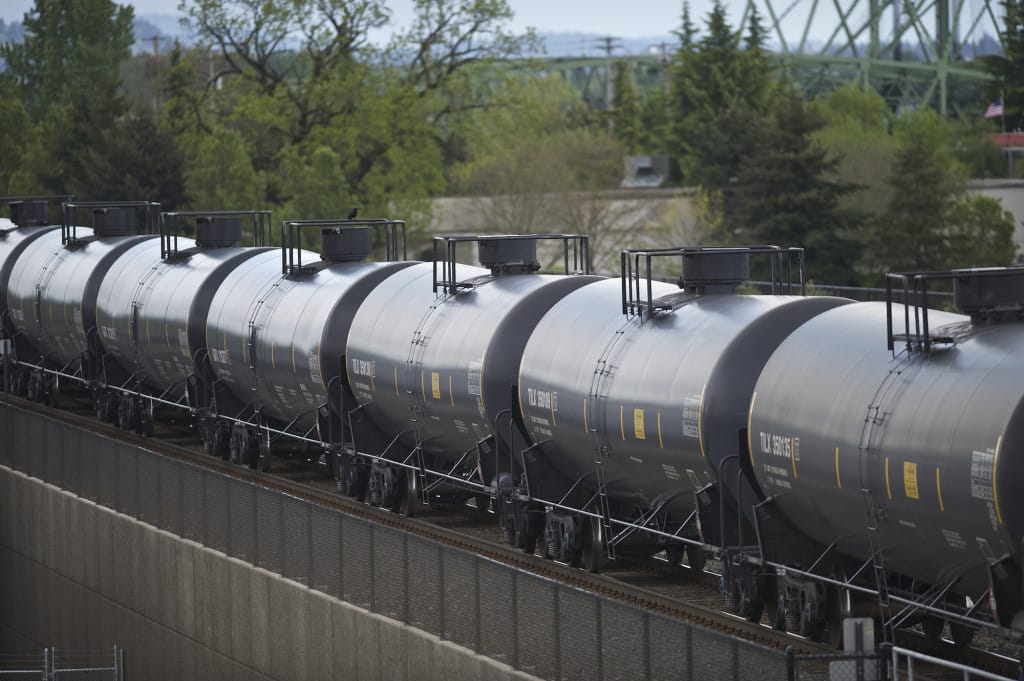The two sides in the fight over a proposed Vancouver oil terminal each received the same weapon Tuesday — a massive environmental review that they can use to bolster arguments for or against the project.
The Energy Facility Site Evaluation Council’s in-depth look at the proposed crude-by-rail transfer terminal at the Port of Vancouver, released Tuesday, leaves many key questions about the terminal’s environmental impact unanswered.
The review panel’s draft Environmental Impact Statement, containing thousands of pages, kicks off a public comment period that lasts until Jan. 22.
“I’ll just remind you this is a draft document. We’re not saying it’s a perfect document or every analysis is performed that could be performed,” Stephen Posner, manager of the siting council, told The Columbian. “We have to balance the need to get the information out to the public and give them an opportunity to provide input with the idea of producing a perfect document.” With the onset of the holiday season, the state panel approved a 60-day public review period rather than the standard 45-day public review.





